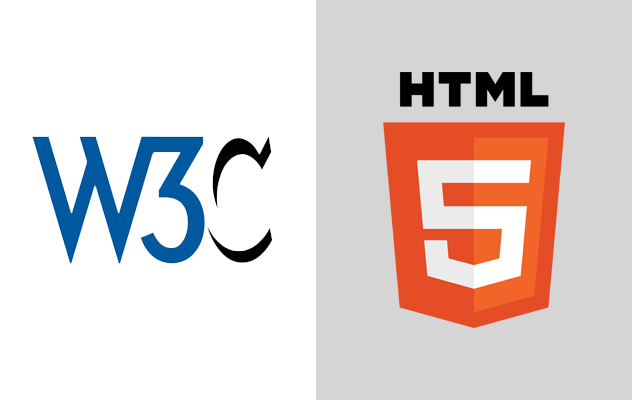Home >Web Front-end >HTML Tutorial >6 recommended articles about semantic analysis
6 recommended articles about semantic analysis
- 黄舟Original
- 2017-06-11 09:22:241975browse
HTML5 Introduction HTML5 is the next generation of HTML standard specification after HTML4. It provides some new elements and attributes. The new tags are beneficial to search engines and semantic analysis, and at the same time better help small screen devices and visually impaired people use it. In addition, it also provides some new functions. In summary, it has the following major features: 1. Some obsolete element and attribute tags in HTML4 have been cancelled, including purely display tags, such as and
1. HTML5 main new tag usage code sharing

Introduction: HTML5 is the next generation of HTML standard specification after HTML4. It provides some new elements and attributes. The new tags are beneficial to search engines and semantic analysis, while better helping small screen devices and visually impaired people to use them. In addition, it also provides some new functions. In summary, it has the following major features:
2. Concise version of HTML5 study notes (1): Introduction and syntax of HTML5

Introduction: HTML5 is the next generation of HTML standard specification after HTML4. It provides some new elements and attributes (such as
3. Oracle’s test on Consistent gets
Introduction: When we execute a SQL statement for the first time, Oracle will perform a hard parsing operation on it. This operation will consume some additional resources, such as syntax analysis, semantic analysis, and system analysis.
4. SQL statement execution sequence
Introduction: 1. Execution steps of sql statement: 1) Syntax analysis, analyze whether the syntax of the statement conforms to the specification, Measure the meaning of each expression in the statement. 2) Semantic analysis, check the
5 involved in the statement. atitit.java parsing sql language parser interpreter implementation
Introduction: Implementation of atitit.java parsing sql language parser interpreter 1. Parsing the essence of sql: implementing a compiler of 4gl dsl programming language 1 2. The main process of parsing sql, lexical analysis, and then grammar Analysis, semantic analysis, building AST of SQL 1 3. Lexical analyzer 2 4. Syntax analyzer--ANTLR 2 5. Eclipse plug-in, ANTLR Studio 3 6.
##6. Sql Server compilation, recompilation and execution plan reuse principle (transfer)
Introduction: When Sql Server receives any instruction, including: query, batch processing, Stored procedures, triggers, precompiled instructions and dynamic SQL Server statements must complete syntax parsing and semantic analysis, and then "compile" to generate an "execution plan" that can be run. During the compilation process, SQL Server will
# based on the structure and statistics of the objects involved.
The above is the detailed content of 6 recommended articles about semantic analysis. For more information, please follow other related articles on the PHP Chinese website!

